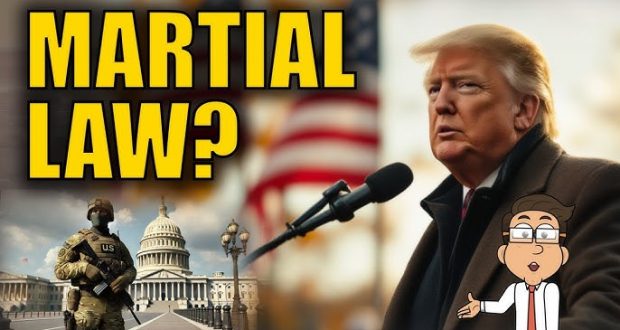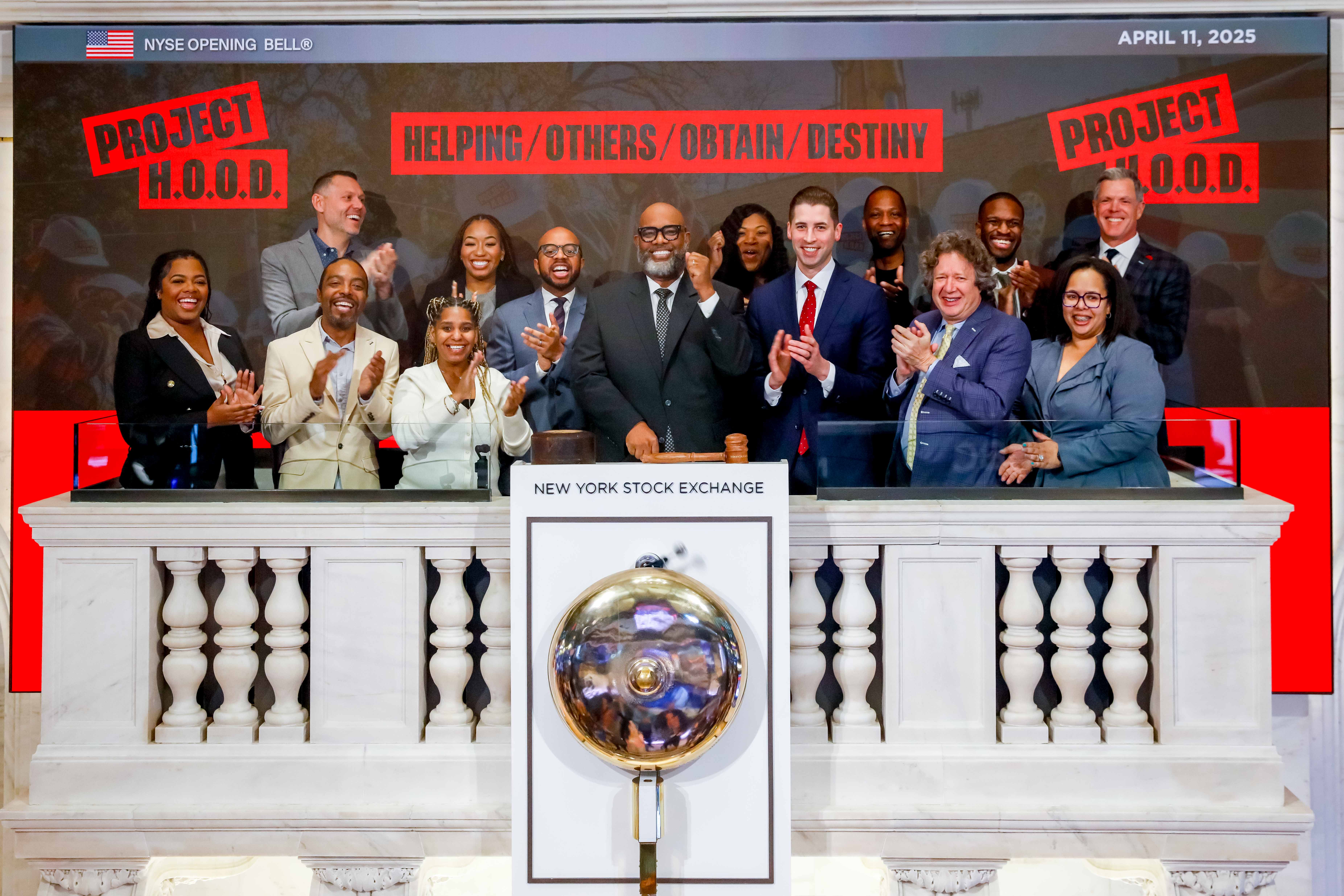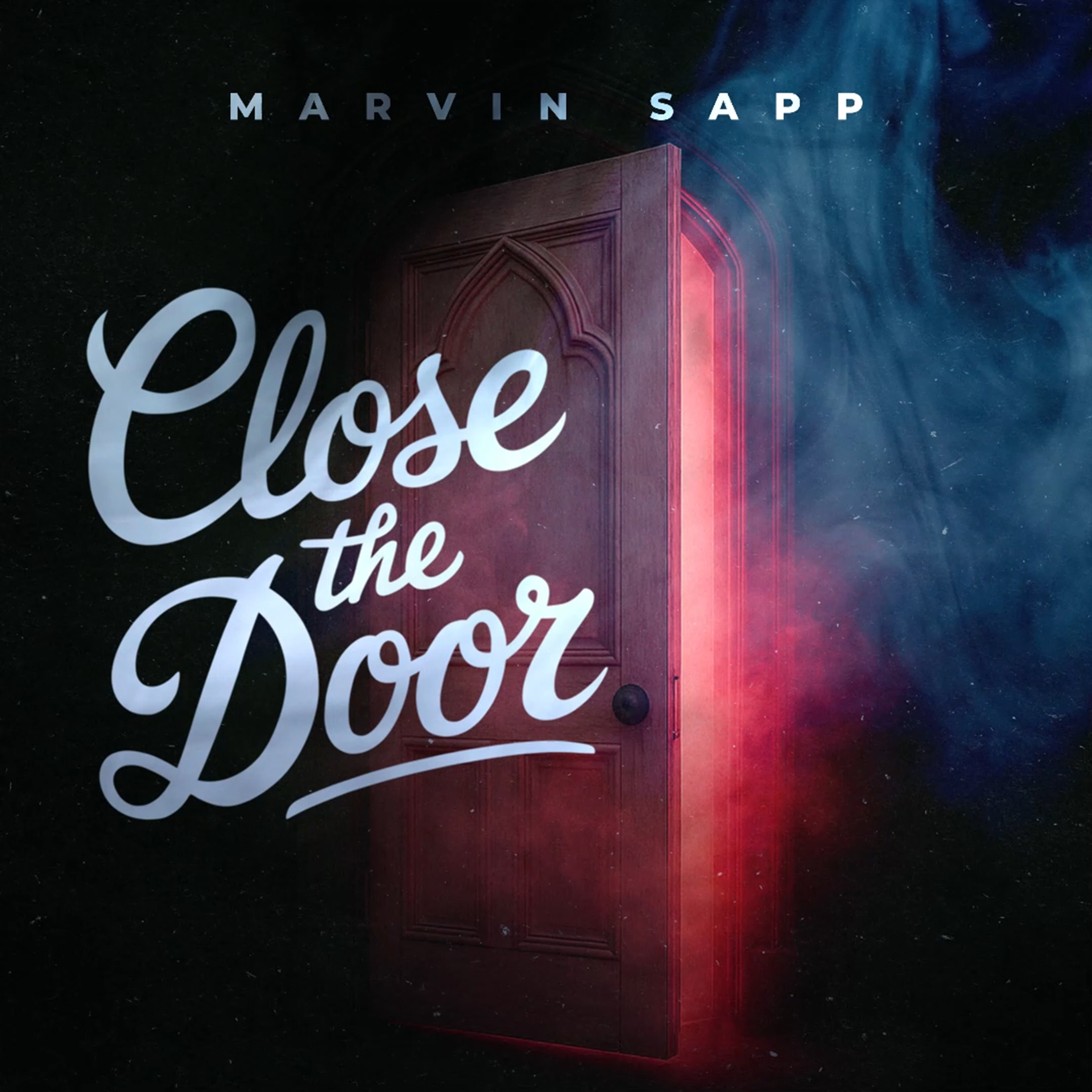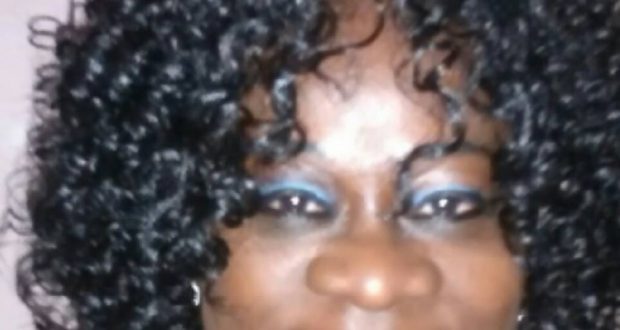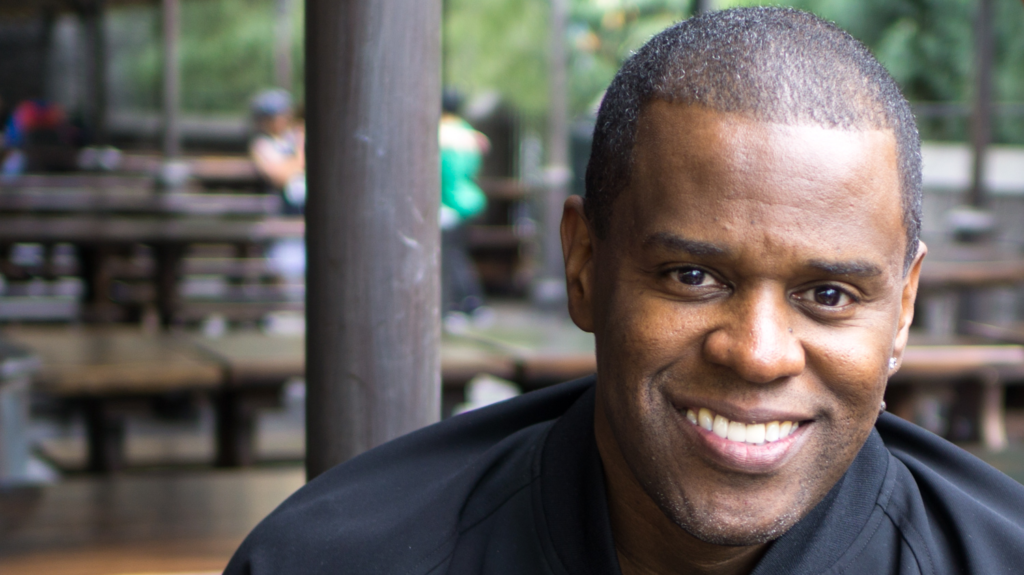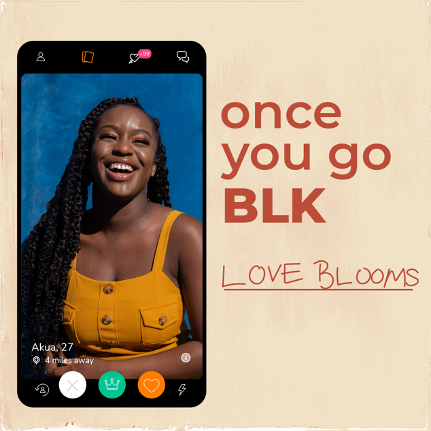Cori Gordon, 28, never imagined she’d become one of Amazon’s youngest Delivery Service Partners when she migrated to the U.S. from Jamaica in 2013. Bright-eyed and eager post completing her studies at Northern Caribbean University, Cori began her professional career working in the retail and automotive industries before realizing she had a penchant for entrepreneurship.
“I experienced burn out working 80 plus hours for someone else,” Cori says. “After a bit of soul searching, I realized it was important for me to direct all those hours of energy into something I owned.”
Cori searched online for business opportunities that presented a built-in customer base and a clear track for success. “I knew right away the Amazon Delivery Service Partner program could be a great fit for me,” Cori says. “Everyone knows and loves the company and though I hadn’t led my own company before, the training and development resources they offered inspired me to apply.”
In 2018, Amazon launched the Delivery Service Partner (DSP) program to share its experience in operations and logistics with aspiring entrepreneurs. The program empowers entrepreneurs to build their own last mile delivery companies from the ground up with Amazon’s support, infrastructure, technology, and a suite of exclusive services. In the two years since its inception, these thriving entrepreneurs have experienced remarkable growth, with more than 1,300 DSPs operating across the U.S., Canada, UK, Spain, and Germany and nearly 85,000 jobs created.
Cori’s DSP, Cortoyou operates out of Amazon’s newly launched delivery station in Staten Island and delivers to customers in her home borough of Brooklyn. “The most fulfilling thing about being a DSP owner is being a job provider,” Gordon says. “It’s such an honor for me and I get so excited when an employee gets a new car, or a new phone, because I know their employment with my company is helping them reach their goals.”
The breadth of diversity in the program has been inspiring. Owners include military veterans, former sellers on Amazon.com, educators, city council members, and many others who come from a variety of backgrounds. They are great coaches and mentors who have built customer obsessed teams that have delivered more than 1.8 billion packages worldwide, using more than 40,000 Prime branded last mile vehicles—from electric vehicles to step vans to delivery vans—generating more than $4.5 billion in revenue for their small businesses.
In August, Amazon announced a new diversity grant to help reduce the barriers to entry for Black, Latinx, and Native American entrepreneurs interested in starting a DSP. With the launch of this grant program, Amazon is investing in building a future for diverse business owners to serve their communities. The $1 million commitment funds startup costs, offering $10,000 for each qualified candidate to build their own DSP businesses in the U.S. Those interested in applying can visit logistics.amazon.com.
As the eldest child of nine, Cori knew she had a knack for leading, but she never guessed she’d be in a position to employ more than 50 drivers and make history as an Amazon business partner. “I hope my story inspires young people of color to look into the program and evaluate if they’re ready to align with a company driven by customer obsession and delivering results,” Cori says. “The journey has been amazing thus far.”
 Westside Story Newspaper – Online The News of The Empire – Sharing the Quest for Excellence
Westside Story Newspaper – Online The News of The Empire – Sharing the Quest for Excellence
